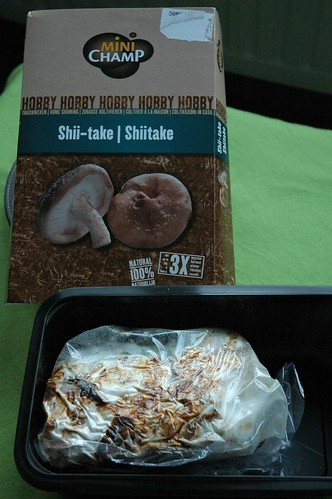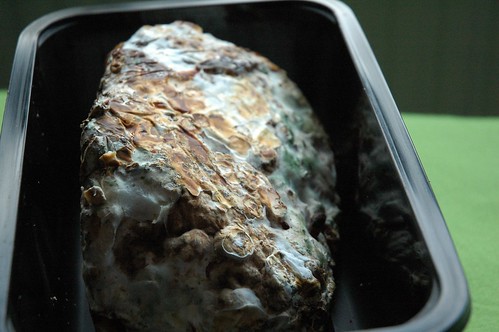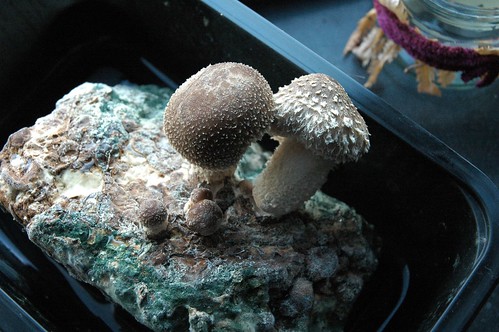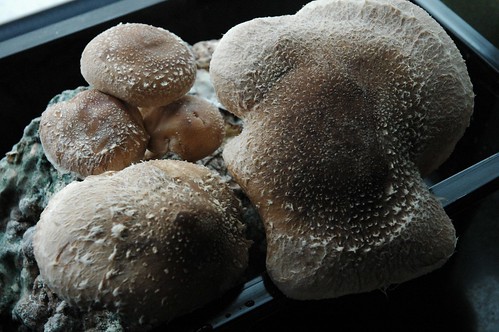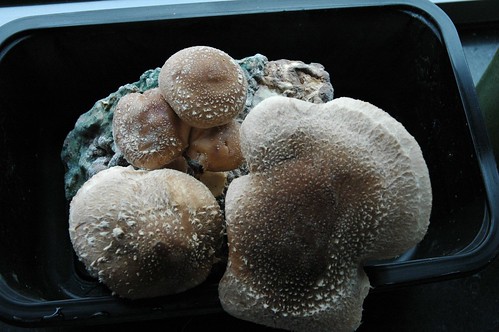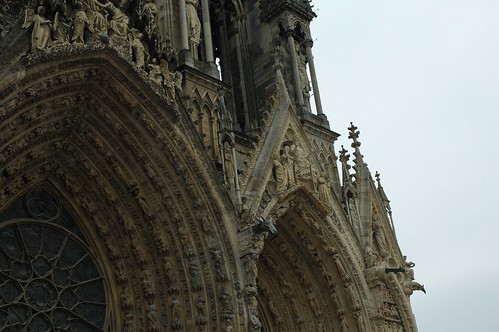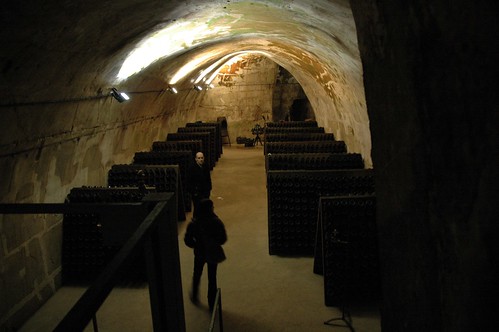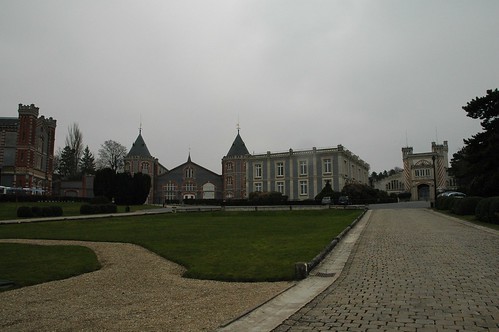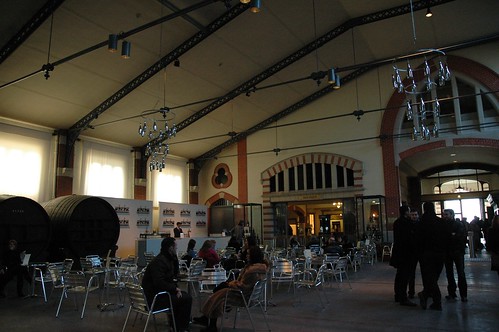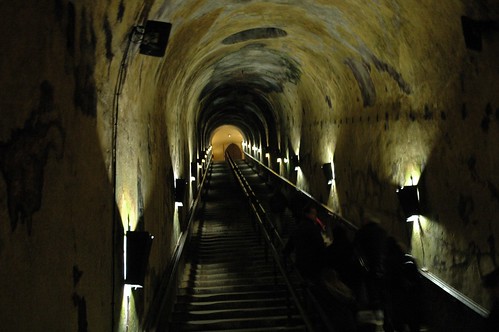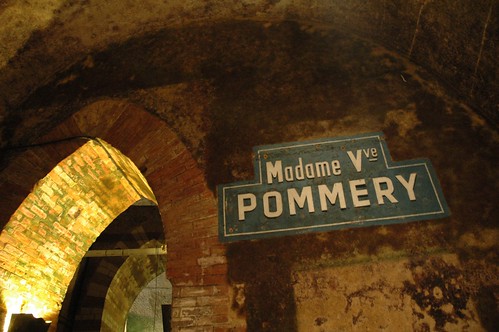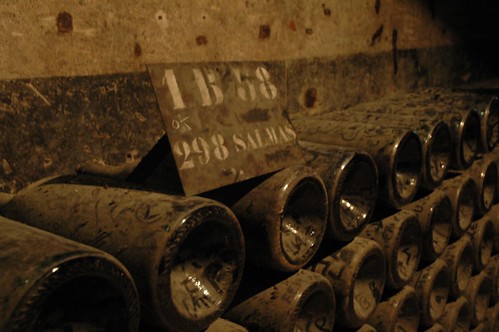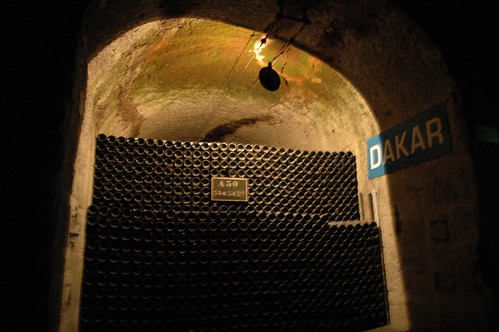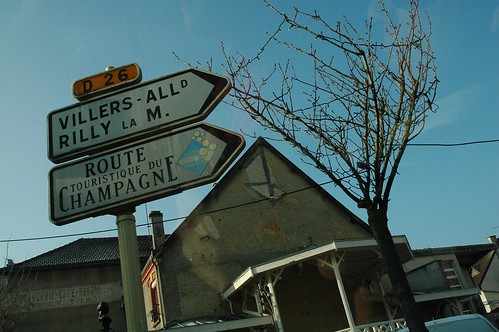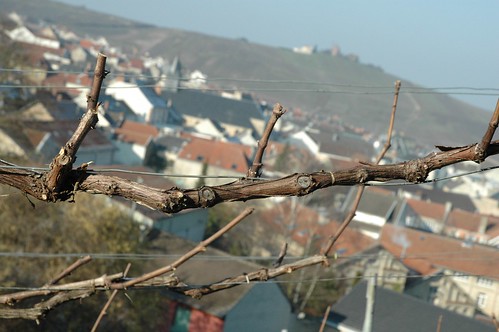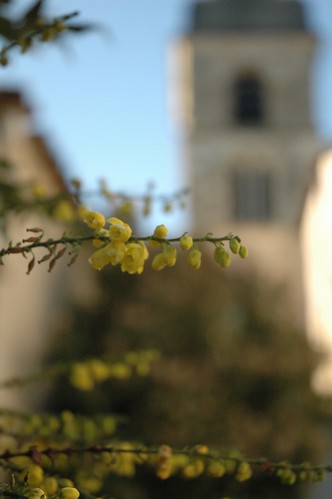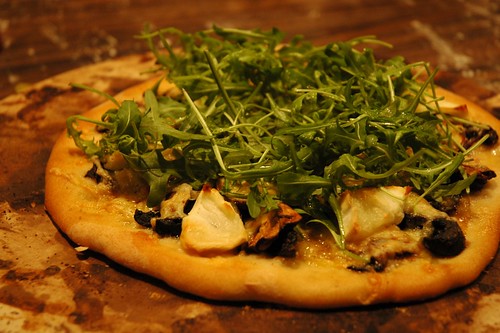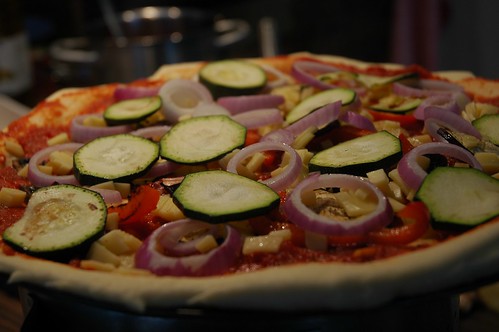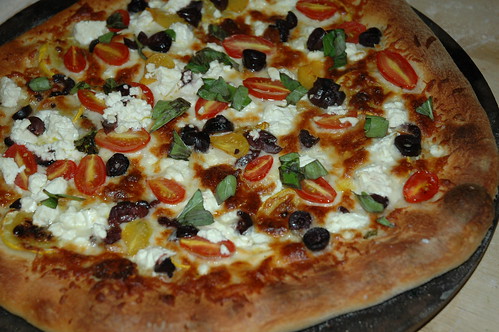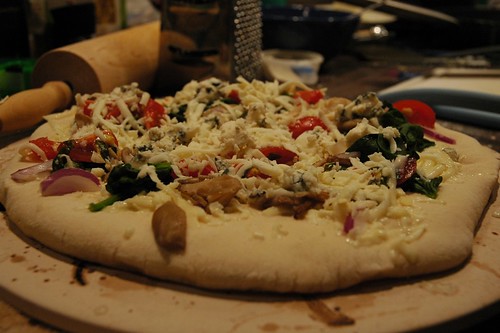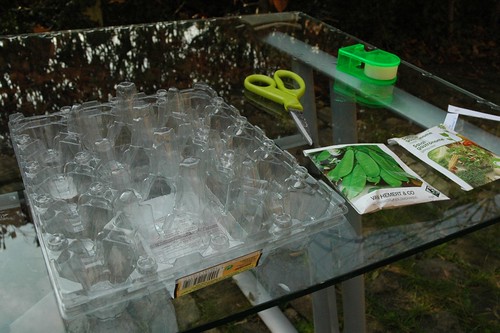I picked up a grow-your-own mushroom starter and have been quite pleased with the results so far. The inoculated “log” or “starter” material is gross, but the process has been more appealing than finding a way to grow shiitake mushrooms out of logs. The work there involves these steps: find a way to soak wood (I’ve been told old tubs work well, but where to find them?), drill holes in the wood, inoculate the holes with shiitake spores, and then wait. This is perfect for those living in small spaces.
This version had me mist the starter with water once per day. Store it out of direct sunlight and to keep it in a cool place.
This version had me mist the starter with water once per day. Store it out of direct sunlight and to keep it in a cool place.

